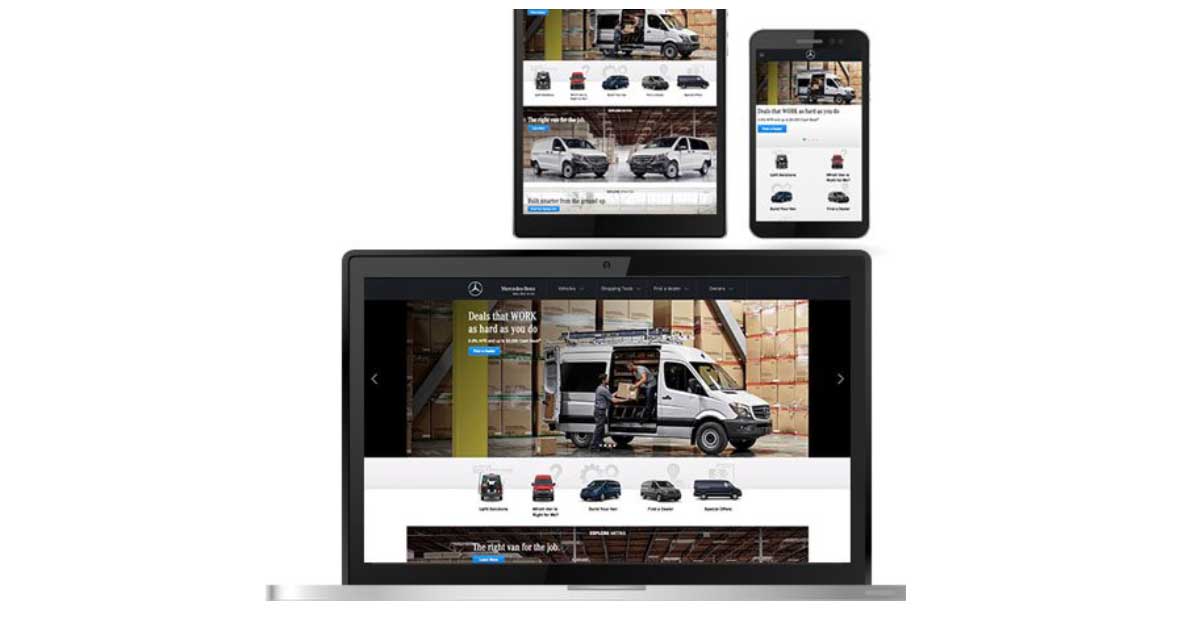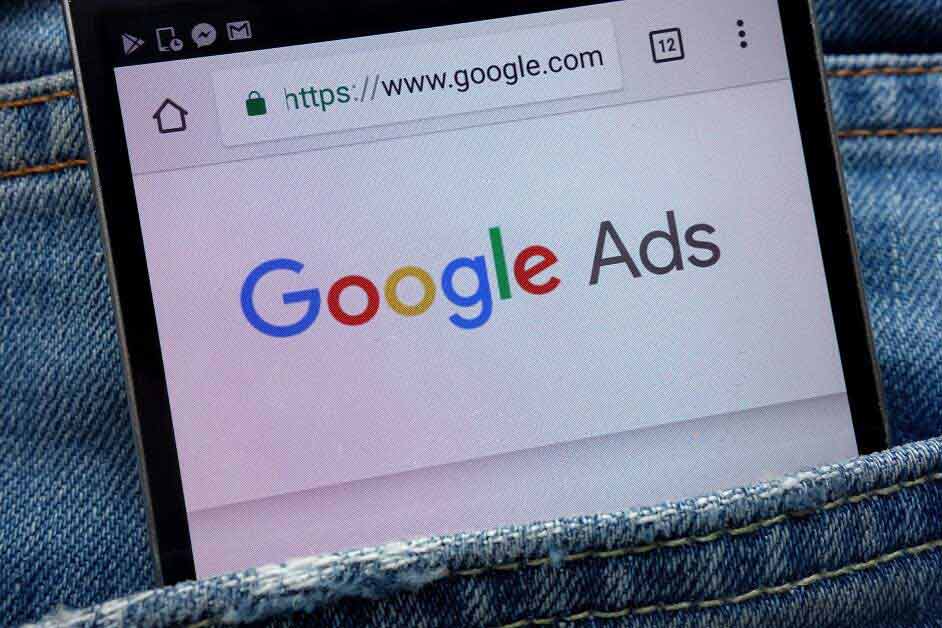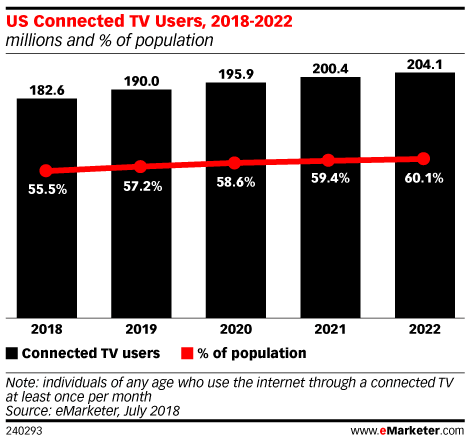In today’s ever-evolving digital landscape, staying up to date with the latest link building trends is not just important — it’s crucial for maintaining a competitive edge and maximizing your SEO efforts. As we navigate the changes in 2024, understanding the key link building statistics and trends is essential in driving successful digital marketing strategies. In this article, we’ll cover the latest link building statistics and trends that you need to know for 2024.
Link Building Tools
When it comes to optimizing your website’s ranking on Google, the tools you use play a pivotal role. Research indicates a strong correlation between higher positions on Google’s first page and websites boasting a higher Ahrefs Domain Rating. However, a notable 51.3% of professionals favor SEMRush as their preferred tool over Ahrefs. Additionally, Moz offered 22% less backlink coverage for the same set of domains compared to Ahrefs, with Majestic showing even lower numbers. These statistics highlight the importance of leveraging the right tools to enhance your link building efforts and improve search engine performance.

Relation of Content with Link Building
Content quality and length have a direct impact on link building success. Research indicates that 90% of marketers utilize content pieces as their main way to generate more backlinks. Long-form content exceeding 3,000 words receives an average of 3,000 more backlinks, compared to shorter blog posts. Additionally, listicle content emerges as a top performer, generating the highest number of unique backlinks among various content types. However, it’s important to note that only a mere 3% of content published online produces more than one unique backlink. These insights emphasize the need for strategic content creation to fuel your link building strategies effectively.

Furthermore, 96.55% of all pages on the internet get zero organic traffic, mostly because they have zero backlinks pointing to their content. This statistic shows the critical role that backlinks play in driving organic traffic and improving search engine visibility.
With 89% of marketers producing content with the goal of building links, it increases the need for aligning content creation efforts strategically with link building objectives.

Additionally, long-form content generates 77.2% more links than shorter articles. It’s also been proven that “what” and “why” blog posts stand out, generating around 25% more links than “how-to” posts. Understanding these content-related statistics is essential for crafting compelling and link-worthy content that resonates with your audience and drives valuable backlinks.
Types of Links
Understanding the nuances of different link types is essential for optimizing your SEO tactics. Contrary to past beliefs, exact match anchor text backlinks are no longer significantly more effective at increasing content rankings than non-exact match ones. Furthermore, Google’s evolving approach to the “nofollow” attribute suggests potential value for your backlink profile. This is significant, as 48% of marketers report on nofollow links as part of their process. Knowing the various link types and incorporating them effectively can help you enhance your SEO efforts and improve search engine visibility.
Algorithm and Ranking Factors
Google’s ranking algorithm considers various factors, with backlinks and content quality being the two most crucial elements. Websites with a higher dumber of distinct root domains tend to rank higher, highlighting the importance of diverse backlink sources. On average, the top-ranking page on Google has 3.8x more backlinks than the pages ranked 2-10.
A staggering 95% of all pages online have zero backlinks pointing to their website. This statistic underscores the competitive nature of link building and the significance of acquiring quality backlinks to improve search engine rankings.

Additionally, links from websites with a higher domain rating have a greater influence on rankings than those from lower-rated sites.
Link Building Challenges
While link building is crucial for SEO success, it also presents significant challenges that digital marketers must navigate. According to 65% of digital marketers, link building is the most difficult aspect of SEO. Additionally, 65.2% of link builders believe that links will have the same or higher impact on rankings in five years’ time, while 33.6% anticipate that links would have less impact on rankings in the future.
When it comes to large companies, 41% perceive link building as the most challenging aspect of SEO. Over 51% of marketers believe it takes 1-3 months to see results from link building efforts. Overcoming these challenges requires strategic planning, innovative approaches and deep knowledge of evolving industry dynamics. By addressing these challenges head on and adopting agile strategies, marketers can enhance their online visibility and drive sustainable growth.
Perceptions and Attitudes Toward Link Building
Industry perceptions and attitudes toward link building shed light on its significance. Research reveals that 67.5% of SEO experts believe that backlinks have a major impact on search engine rankings. Additionally, 85% of SEO experts and marketers acknowledge that link building has a substantial impact on brand authority and brand building. Furthermore, around 67.5% of businesses believe that link building has a significant effect on their SERP rankings. Moreover, 56% of businesses recognize that both the quality and quantity of links play a crucial role in impacting rankings. These insights show how link building shapes online visibility, improves search engine rankings, enhances brand authority, and drives digital brand presence.

Link Building Practices and Strategies
Effective link building practices involve a mix of strategies and techniques tailored to achieve sustainable SEO results. Research indicates that 44% of marketers are positive that link building delivers results. It’s also shown that 54% of businesses actively generate links through competitor analysis and link targeting. Additionally, almost 43.7% of top-ranking pages have reciprocal links, showcasing the diverse approaches used in successful link building strategies.
While 63% of businesses believe that buying links has a positive effect on rankings, it’s important to adopt ethical and sustainable link building approaches. With only 8.5% of link building cold emails yielding results, this highlights the significance of personalized outreach and relationship building in link acquisition efforts. Incorporating data-driven strategies, leveraging industry best practices, and staying updated with evolving search engine algorithms can enhance your link building efforts and drive long-term SEO success.
Link Building Pricing and Cost Stats
Investing in link building comes with associated costs and considerations. On average, paid backlinks cost $360, while high-quality links can exceed $1,500. Almost 40% of businesses spend between $1,000 and $5,000 on link building each month. Additionally, over 40% of businesses believe that the cost of link building will increase in the future, indicating the evolving nature of digital marketing and the potential for increased competition and pricing.

It’s also worth mentioning that in-house marketing teams allocate around 10% of their budget to link building, reflecting the importance placed on this aspect of SEO for driving organic traffic and improving search engine rankings. Understanding the cost dynamics of link building is essential for making informed decisions, optimizing budget allocation, and maximizing ROI in digital marketing initiatives.
Link Building Trends to Know in 2024
As we navigate through 2024, several key trends are affecting strategies for link building. From the challenges of cold outreach saturation to the rising significance of nofollow links, staying ahead in the link building game requires a nuanced approach. Let’s take a look at the emerging trends for 2024:
- Cold Outreach Saturated: Cold outreach for link building is highly saturated, with only 8.5% of email generating backlinks. Personalization and strategic timing are crucial for success.

- Original Research: Conducting original research can lead to a surge in backlinks, showcasing the value of unique and quality content.
- Increased Competition: Link building is more competitive than ever, highlighting the need for innovative strategies and content that connects.
- Traditional Press Releases: Traditional press releases are losing value compared to more dynamic link building strategies.
- Nofollow Links: Nofollow links are gaining recognition for their potential value in diversifying backlink profiles.
Partner with SEO Experts for Link Building Success
Mastering the intricacies of link building is essential for achieving sustainable SEO success. The frank Agency offers expert guidance and tailored strategies to help you navigate the complexities of link building and enhance your online presence. Reach out to us today to learn more about our SEO services that enhance your digital marketing efforts.






